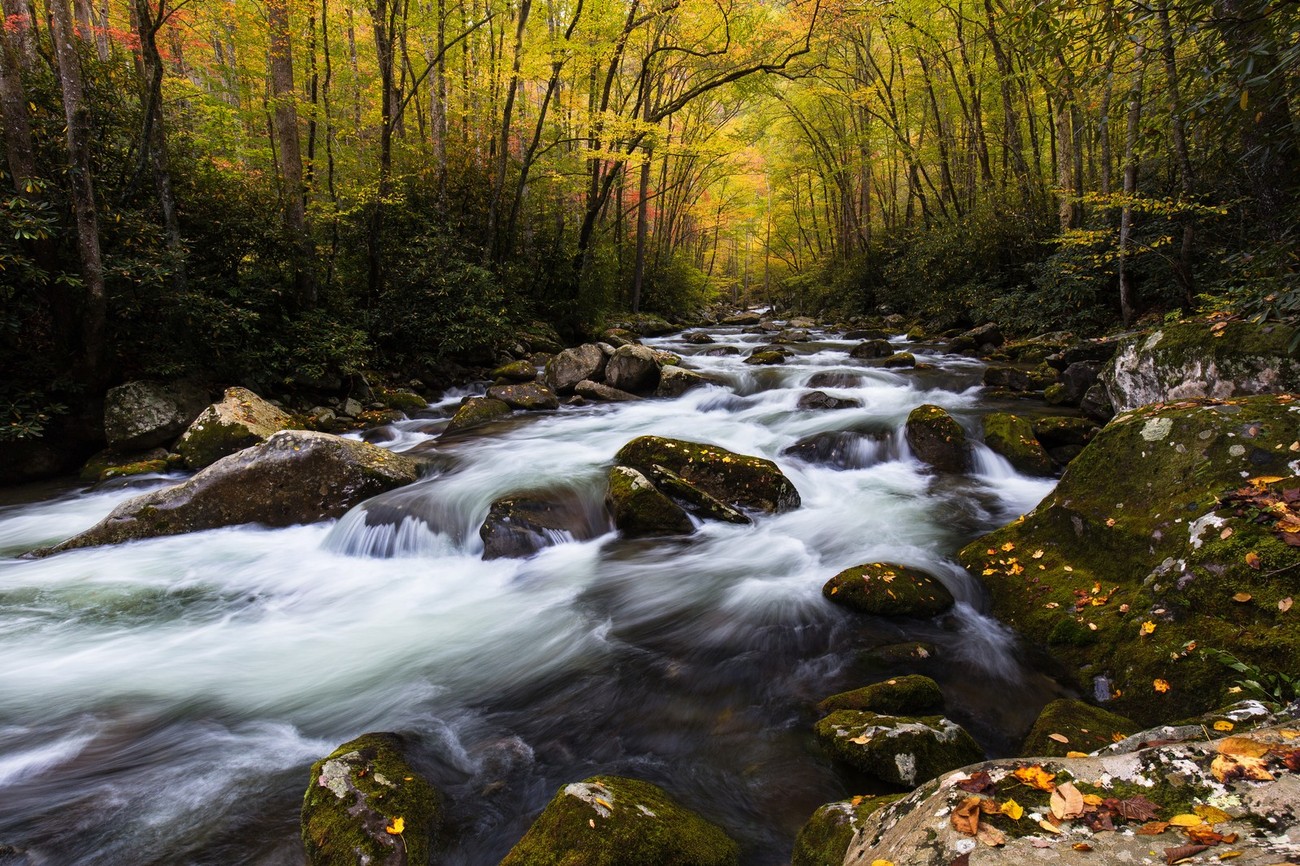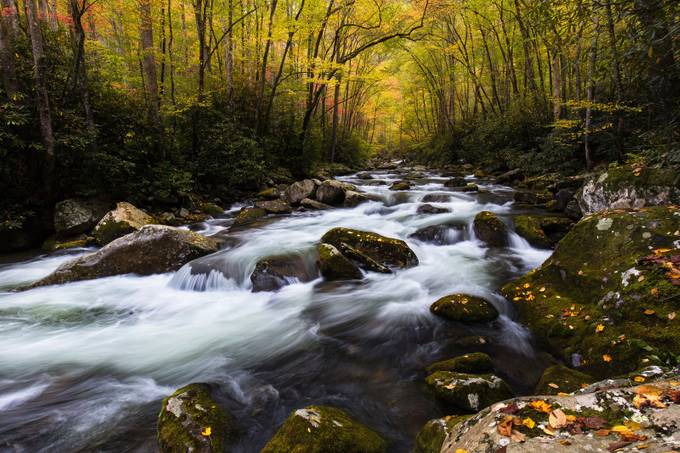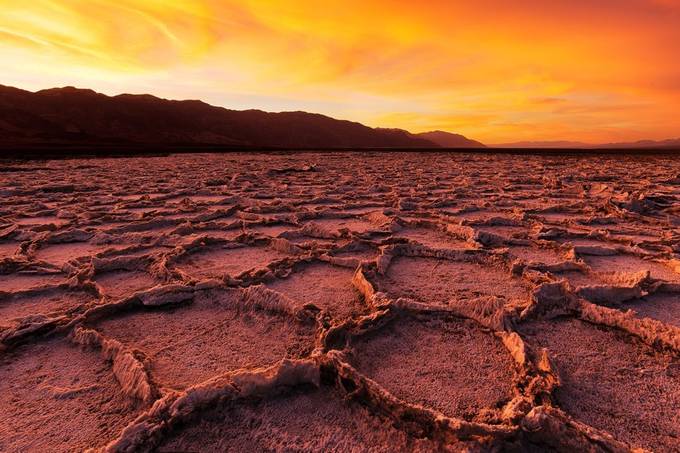Pvarney3 is an avid hiker, backpacker and landscape photographer from Atlanta, GA. Below he shares his thoughts on how to better capture natural landscapes and make the most of your next visit to a National Park.
I love photography because it affords me the opportunity to travel and spend time outdoors. Even more so, chasing phenomenal landscape photos makes you really learn and understand a particular place. Everything about a photo has to align: the geography, the weather patterns, the light. I love that it’s not about going once and relying on luck, but instead about really dissecting a particular area and discovering its intricacies.
My camera lets me come home with more than muddy boots and fading memories. When I get back, I have something to share with friends, family, and others! I actually got into photography via an obsession with backpacking; after every trip, I found myself making the excuse “you should have been there!” . My camera and associated gear lets me bring back those moments with extra dimension.
I find inspiration when a plan for a particular photo actually comes together. As I said earlier, landscape photography is about combining every aspect of a scene in a way that turns the light into art. Sometimes this involves serendipity, but consistent results typically mean excessive planning for every detail! I’m particularly inspired when, after returning to one place time and time again, the details and conditions finally align to produce something wonderful! An example of this occurred at Spruce Flats Falls, in Great Smoky Mountains National Park, TN. I’ve been to the falls probably a dozen times, and had previously tracked down all the details under my control (image composition, camera settings, etc.), and just needed some special conditions for the image I wanted! That happened when the sun finally broke through the clouds, sprinkling bright spots of light across the falls.
One photo I’m particularly proud of is from the salt flats of Death Valley National Park. Because of previous weather, it took quite some effort for me to actually find these cool salt polygons out on the flats. Instead of being common and road-side, the well-formed salt shapes were actually almost a mile from the road (no trail). It took days to find the right spot, traipsing across the hot, sharp, salty desert! I geotagged a polygon I was particularly drawn to, and returned the next morning before sunrise. The moon was setting behind the mountains just as the sun lit up the clouds, making a pretty dynamic scene that was anchored by the large, unusual shape.
I really love the southern Appalachian mountains in western North Carolina. The area has a lot of variety in potential landscapes: mountain vistas, streams, waterfalls, historical structures, etc. The weather is always interesting, since there’s an abundance of precipitation and four very distinct seasons! Two specific places I enjoy are the Big Creek Trail in Great Smoky Mountains National Park and Black Balsam Knob along the Blue Ridge Parkway. Big Creek is especially scenic because it’s so steep: piles of smooth rocks abound, and the water furiously cascades over and around everything. Black Balsam Knob, on the other hand, afford awesome vistas in every direction!
One of my favorite photos on ViewBug is a shot of Midnight Hole Falls in Great Smoky Mountains National Park . I’ll never forget standing in the cool waters of the creek in the pouring rain, waiting for a nice layer of mist to form above the waterfall! It’s a very serene moment, and my memory adds more layers than an image ever could; not just sight, but also the feeling of the water and the smell of the soaked forest!
Three tips for my fellow photographers. The first tip I’d share is that you’ve got to really enjoy the hobby, even when you’re not getting the spectacular pictures you envision! If you spend all of your time upset when the conditions don’t turn out exactly the way you want, then you’re going to be upset at least 90% of the time when you’re out with your camera! In that same spirit, my next piece of advice is that you can’t control the weather, so instead control everything else that you can! Get up early and stay out late. Meticulously plan your composition. Try to anticipate what kind of weather conditions you want for the shot, and check the forecast religiously waiting for them! Finally, many of my favorite experiences behind the camera aren’t the pictures but instead are the friends I’ve met. Don’t think of photography strictly as a competition. Be willing to share advice, insight, and constructive criticism with others, and they’ll likely return the favor many times over!
One photo of mine that was particularly challenging to shoot and process was taken along the Art Loeb Trail, deep in the Shining Rock Wilderness of North Carolina. It took a day of hiking over mountainous terrain with backpacking and photography gear to get here. In these mountains there’s rarely a clear foreground element, so it took some time for me to work with these sweeping fields of vegetation. Then, the mountains aren’t exactly grand spires of rock towering above me; they’re rolling ridges disappearing far into the distance. Rather than using a telephoto lens to make the mountains front and center, I instead chose a wide angle lens to make the ridges merely a piece of a grander vision: foreground, mountains, and sky! Then, the huge difference in dynamic range in this scene made it a beast to post-process. This is two exposures, blended manually using luminosity masks.
Everyone’s favorite season in the Appalachian mountains is autumn, and for good reason. The huge diversity of deciduous vegetation turns every color between yellow and red. This photo was taken along the Newfound Gap Road, in Great Smoky Mountains National Park, TN. Peak fall color depends on elevation, and in the high parts of the park usually maxes out in the third week of October. There’s this one stretch of road, though, that always turns a week or two later than this, and has some of the best color I’ve seen anywhere! My most important tip to road photography is…don’t get run over! Beyond that, try to find a section of road that’s been paved recently. The darker colors will really contrast nicely to the bright foliage. Finally, try to envision where the road corners will be. It’s pretty distracting when there’s just a large segment of pavement in the bottom third of the picture, so figure out how to maneuver the shot so that the road edges lead straight to the corner of the frame.
Visit pvarney3's profile to see more amazing shots and award the ones that inspire you.












